One of the most serious problems with nuclear power is the disposal of thousands of tons of spent nuclear fuel. There have be a series of proposals for different disposal methods but the two most popular are geological repositories and deep drilling.
The Deep Geo Ghana Limited is an environmental management company. They have agreed to work with the Ghana Geological Survey Authority (GGSA) towards the construction of a spent nuclear fuel storage facility to support Ghana’s Nuclear Power Program.
Ghana has intensified efforts to add nuclear power to the country’s energy mix. The target is to build and operate the country’s first nuclear power plant by 2030.
The Deep Geo and the GGSA signed a Memorandum of Understanding (MoU) on Friday. The two institutions expressed their commitment to conduct feasibility studies on the construction of a deep geological repository for spent nuclear fuel in the country.
The GGSA is expected to conduct geophysical studies. Three candidate sites are to be located. Out of these three, one will be selected as the preferred site for the facility.
Link Murray is the Chief Executive Officer of Deep Geo Repository Incorporated, and David Amoah is the Chief Executive Officer of Deep Geo Ghana Limited. They signed the MoU on behalf of Deep Geo. Isaac K. Mwinbelle is the Acting Director General of the GGSA. He signed on behalf of the Authority.
The deep geological repository will be network of underground tunnels and placement rooms for spent nuclear fuel canisters. The repository is designed to safely contain and isolate spent nuclear fuel over the long term.
Amoah told the Ghana News Agency that Deep Geo was interested in managing Ghana’s spent nuclear fuel in the future. For this reason, they put necessary arrangements in place ahead of time.
Amoah said, “By 2030, Ghana should be producing nuclear power. Nuclear power will be generating nuclear waste and we should be thinking on how to store that waste. That is why we want to go ahead and do this study and possibly construct the repository.”
Amoah went on to say that the facility to store spent nuclear fuel required a location with stable geology. He added that the signing of the MoU was the first of many activities to be undertaken.
Murray said that Deep Geo had an excellent track record of assisting Canada to construct its Deep Geological Repository. He offered assurance that the firm was willing to support Ghana to effectively manage its spent nuclear fuel in the future.
Mwinbelle said that the GGSA was committed to providing the necessary technical assistance to Deep Geo to help achieve their desired goals. He also said that “This is in line with our mandate, and we are ready to assist you in fulfilling this dream in the interest of national development.”
In August of last year, President Nana Addo Dankwa Akufo-Addo approve the inclusions of nuclear technology into Ghana’s power generation mix.
This move is consistent with the global collective commitment to the sustainable availability of power, the peaceful exploitation of nuclear energy to enhance rapid industrialization and to propel economic growth.
Blog
-

Nuclear Reactors 1135 – Deep Geo Is Working With Ghana To Construct A Deep Geological Repository
-
Nuclear News Roundup Mar 02, 2023
Westinghouse signs MoU for AP1000 in Bulgaria world-nuclear-news.org
Japan’s Nuclear-Contaminated Water Disposal Plan is Harmful: Dundar telesurenglish.net
Chernobyl nuclear disaster altered the genetics of the dogs left behind, scientists say abcnews.go.com
Russia Warns of Nuclear Escalation As Tensions Soar caspiannews.com
-
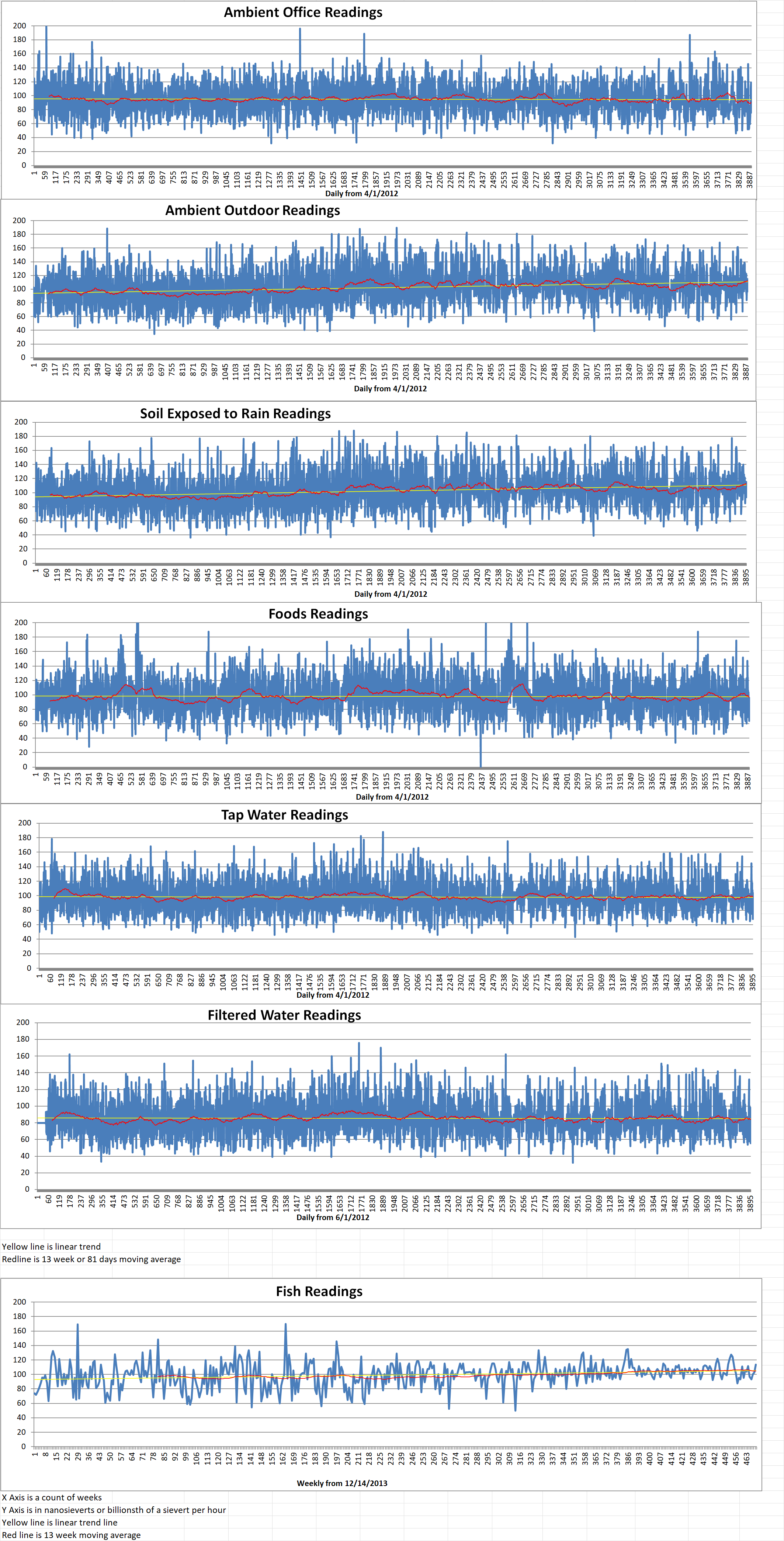
Geiger Readings for Mar 02, 2023
Ambient office = 99 nanosieverts per hour
Ambient outside = 115 nanosieverts per hour
Soil exposed to rain water = 94 nanosieverts per hour
White onion from Central Market = 96 nanosieverts per hour
Tap water = 104 nanosieverts per hour
Filter water = 98 nanosieverts per hour
-
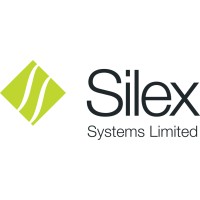
Nuclear Reactors 1134 – Silex Systems Working On Laser Uranium Enrichment
Australia’s Silex Systems has completed an eighty one million dollar institutional placement to further develop its laser based uranium enrichment technology. Silex is working on laser separation of chemical isotopes. It hopes that the equity funding will enable it to accelerate commercialization of the technology. Silex is located at the Australia Nuclear Science & Technology Organization (ANSTO) in Lucas Heights, Sydney. It has been collaborating for several years with Global Laser Enrichment (GLE) based in the U.S. GLE is a joint venture of Silex and uranium producer Cameco. Cameco is the biggest publicly traded uranium fuel production company and is based in Canada.
The new funding arrived just a few months after Silex completed testing of the first full-scale laser system module developed for deployment in GLE’s commercial pilot demonstration facility. GLE released a statement that this represented “an important milestone in the development of commercial-scale equipment for GLE’s quest to become the only third-generation laser uranium enrichment company in the world”.
The Silex module has been shipped to the U.S. and installed at GLE’s Test Loop Facility at Wilmington in North Carolina. GLE is the exclusive worldwide licensee for the Silex laser uranium enrichment technology.
Michael Goldsworthy is the CEO of Silex Systems. He described the new equity as “an exciting and transformational juncture” in the firm’s progress. He added that “This capital underpins a highly value-accretive acceleration in our various technology commercialization activities, at a time of increasing impetus to improve the security of the global nuclear fuel supply chain and to support a smooth transition toward decarbonization.”
Silex says that the new funding will also assist it in further developing two other potential uses of the new technology. It could be used to separate different forms of silicon for quantum computing. It could also be used to separate radioactive isotopes for nuclear medicine.
However, the nuclear fuel industry represents the best commercial opportunity for laser separation. In a 2022 report Silex stated that the U.S. nuclear industry typically imports about twenty percent of its enriched uranium fuel requirements from Russia. It has similar levels of acquisition in other parts of the Western nuclear industry. Europe is working to both reduce reliance on Russian gas and move away from fossil fuels leading to renewed interest in nuclear power generation.
Silex recently issued an operation update. It stated that “We believe Western nuclear fuel markets will undergo a fundamental realignment over the next 12-24 months towards a more resilient and sustainable footing, with the aim of becoming less dependent on, or free of, reliance on Russian and other state-owned nuclear fuel suppliers. We believe this realignment could endure for decades, given the renewed focus on long-term energy security.”
Geopolitical developments have stimulated Silex and Cameco to consider accelerating GLE’s prospective timeline. They had previously envisaged commercialization of laser enrichment technology by 2030. GLE has suggested that acceleration could involve completing the pilot demonstration by mid-2024. Commercial operations would begin in 2027. Bringing forward a commercial feasibility assessment and licensing activities is also a possibility. -
Nuclear News Roundup Mar 01, 2023
Energy minister: Negotiations on Zaporizhzhia nuclear plant reach ‘dead end’ news.yahoo.com
Urenco USA, USNC in advanced reactor uranium supply ‘first’ world-nuclear-news.org
Russian envoy says nuclear powers may clash over Ukraine apnews.com
NRC grants exemption for PG&E to operate Diablo Canyon nuclear plant during license renewal review utilitydive.com
-
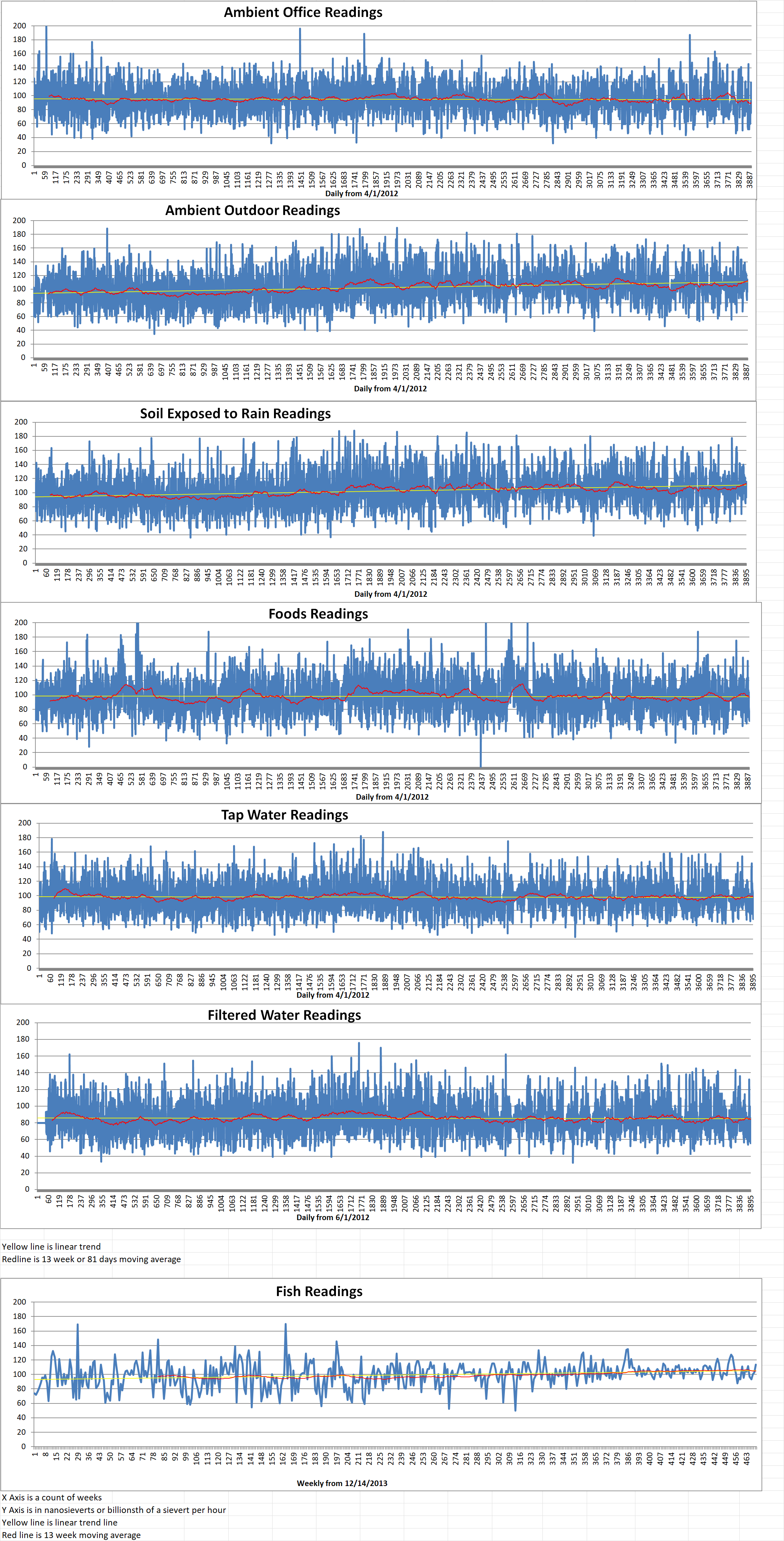
Geiger Readings for Mar 01, 2023
Ambient office = 76 nanosieverts per hour
Ambient outside = 113 nanosieverts per hour
Soil exposed to rain water = 115 nanosieverts per hour
Tomato from Central Market = 64 nanosieverts per hour
Tap water = 68 nanosieverts per hour
Filter water = 56 nanosieverts per hour
-

Nuclear Weapons 813 – Russia Announces That It Is Suspending Participation In The New START Treaty With The U.S. – Part 2 of 2 Parts
Part 2 of 2 Parts (Please read Part 1 first)
Alex Wellerstein is an assistant professor of science and technology studies at the Stevens Institute of Technology in Hoboken, New Jersey, and creator of the nuclear weapons effects simulator NUKEMAP website. He told a reporter that “either the Russians are trying to hold open the possibility for a return at some point, or they are trying to avoid the diplomatic fallout that comes from withdrawing from a treaty,” perhaps forcing the U.S. into withdrawing from it. “This feels like diplomatic maneuvering more than any kind of strategic change. The treaty has had a dampening or slowing effect on the nuclear arms race between the U.S. and Russia,” and suspended, “it is possible, in the longer term, that either or both nations could go back into an arms race mode.”
Wellerstein went on to say that “There are certainly forces in the U.S. and Russia who would be in favor of that. It would be a tremendous waste of resources and could potentially raise the chances of nuclear war.” He added that “the fact that the Russians are willing to sacrifice an important treaty because of their frustrations with the war in Ukraine is a troubling sign. Putin seems to be operating here out of pique, not strategy.”
Gerard Powers is director of Catholic peacebuilding studies at Notre Dame’s Kroc Institute for International Peace Studies and coordinator of the Catholic Peacebuilding Network. He told a reporter that “during the Cold War, arms control was often possible when there were thaws in U.S.-Soviet relations. But arms control agreements sometimes serve to maintain constructive dialogue and cooperation even amidst a crisis. The suspension of New START removes that critical function at this time when U.S.-Russian relations are frozen.”
Analysts said that Putin’s suspension would make verifying Russia’s compliance with the New START treaty much more difficult to verify.
Andrey Baklitskiy is a senior researcher in the WMD Program at the U.N. Institute for Disarmament Research. In a Twitter post, he called Putin’s mover “political”, saying that the move was “really-really unfortunate and it could be reversed “if the political considerations in Moscow change. However, it is not clear how the situation could change for this to happen.”
Monsignor Stuart Swetland is a canon lawyer and former U.S. Navy officer who is president of Donnelly College in Kansas City, Kansas. He told a reporter that “Pope Francis has been pretty explicit that there is a serious ethical issue with the threat to use weapons of mass destruction,” and that even their possession was immoral.
He said, “That’s because you cannot threaten to do what is immoral to do. Weapons of mass destruction almost by definition are weapons that do not meet the just war criteria … when used, they will be disproportionate and they will not discriminate between combatants and non-combatants. So the entire apparatus of nuclear deterrence theory has serious ethical problems from a Catholic perspective.”
O’Connell mentioned that Catholic teaching “is against the use of a nuclear weapon as well as possession of such weapons. Their use results in immense suffering to those not killed immediately and devastates the natural environment. Using game theory, political scientists have invented the idea of ‘mutually assured destruction,’ arguing that a state will be deterred from using nuclear weapons by the understanding that any use will be met by assured destruction.” She said that Pope Francis has pointed that out. “It is only an idea without empirical proof to support it. But even with proof, it is completely immoral to kill masses of people as revenge. The ‘Just War’ teaching of the church is that armed force is permissible only in self-defense. That is not what nuclear weapons can accomplish.” -
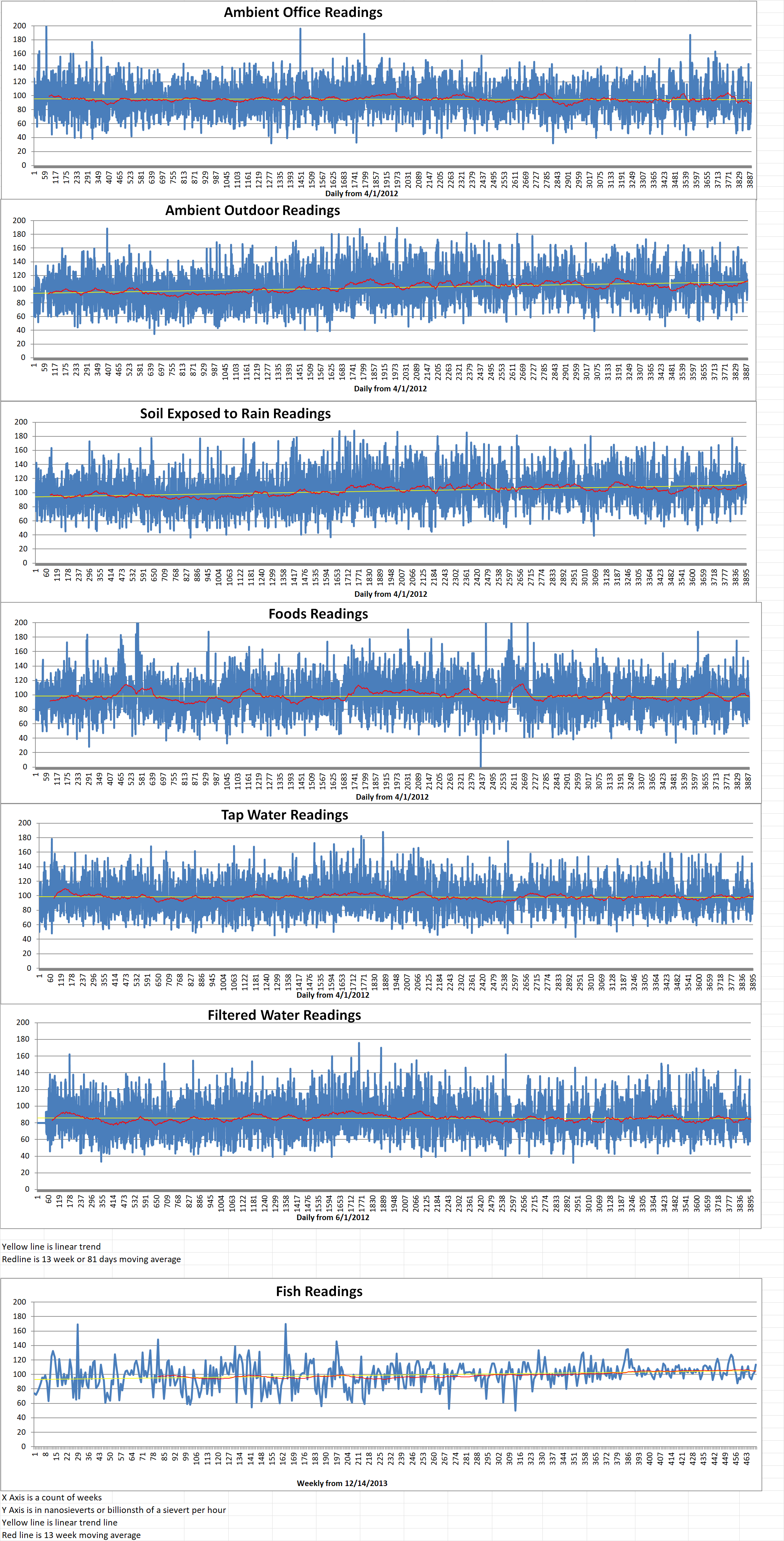
Nuclear News Roundup Feb 28, 2023
Argentina looks to heavy water exports world-nuclear-news.org
IAEA assesses Slovakia’s radwaste program world-nuclear-news.org
Nuclear fuel to be delivered to Akkuyu ‘this spring’ world-nuclear-news.org
Naples lawmaker wants Maine to once again consider nuclear power spectrumlocalnews.com
-

Nuclear News Roundup Feb 28, 2023
Argentina looks to heavy water exports world-nuclear-news.org
IAEA assesses Slovakia’s radwaste program world-nuclear-news.org
Nuclear fuel to be delivered to Akkuyu ‘this spring’ world-nuclear-news.org
Naples lawmaker wants Maine to once again consider nuclear power spectrumlocalnews.com
Ambient office = 119 nanosieverts per hour
Ambient outside = 97 nanosieverts per hour
Soil exposed to rain water = 93 nanosieverts per hour
Red bell pepper from Central Market = 66 nanosieverts per hour
Tap water = 95 nanosieverts per hour
Filter water = 84 nanosieverts per hour
-
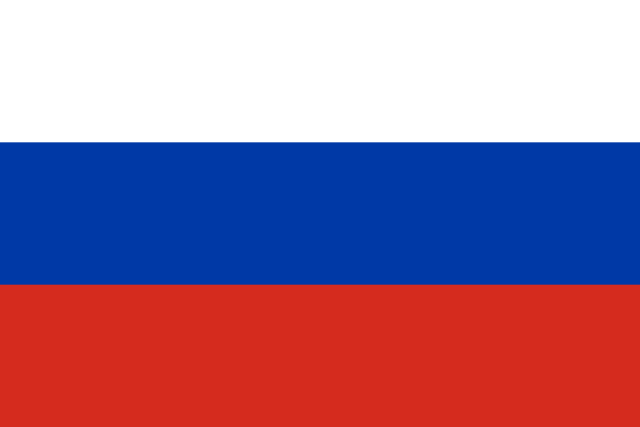
Nuclear Weapons 812 – Russia Announces That It Is Suspending Participating In The New START Treaty With The U.S – Part 1 of 2 Parts
Part 1 of 2 Parts
On February 21st of this year, Russian President Vladimir Putin said that Russia will suspend its participation in a key nuclear arms treaty current in forces with the U.S. Many nuclear experts called the move concerning for the world. Putin has repeatedly threatened the use of tactical nuclear weapons in Ukraine and strategic nuclear weapons against members of NATO who are helping Ukraine. This certainly increases discussions of nuclear proliferation.
Putin gave a speech to the Russian parliament shortly before the first anniversary of Russia’s invasion of Ukraine. He said that Russia would not officially withdraw but would suspend its participation in the New START treaty with the U.S. This agreement limited the two nation’s strategic nuclear arsenals. Putin accused the U.S. of attempts to strike Russian strategic air bases but offered no evidence. He said, “I am forced to announce today that Russia is suspending its participation in the strategic offensive arms treaty.”
The New START treaty is a key component of nuclear arms control between the U.S. and Russia. Together the two nations hold almost ninety percent of the world’s thirteen thousand nuclear warheads. Not only is each arsenal big enough to destroy the other nation but each could cause the destruction human civilization. The 2010 New Start treaty succeeded the 1991 Strategic Arms Reduction Treaty between the Soviet Union and the U.S. The treaty is supposed to extend to Feb. 4, 2026.
Mary Ellen O’Connell is a professor of law and a research professor of international dispute resolution at the Kroc Institute for International Peace Studies at the University of Notre Dame. She recently told a reporter that the suspension is different in substance than a withdrawal. She added that “If Russia withdrew, the treaty would be terminated, and a new treaty would need to be negotiated. A new treaty would also need to be submitted to the U.S. Senate for approval by a two-thirds vote. This is not necessary in the case of suspension. The treaty can be reactivated as soon as Russia ends the suspension. However, the U.S. has the right to terminate the treaty on the basis that the suspension is a material breach.”
O’Connell said that the Nuclear Non-Proliferation is an important component of preventing nuclear war but is separate from the New START agreement. She went on to say that “All the declared nuclear weapons states are party to the NPT. It alone pledges the parties to eventually eliminate their nuclear arsenals. The five declared states have taken no serious steps toward elimination of these weapons of mass destruction.”
Five nations are officially recognized as part of the Nuclear Non-Proliferation Treaty. They are China, France, Russia, the United Kingdom, and the U.S. O’Connell added that in “the midst of fears that Russia might use a nuclear weapon against Ukraine, the time to take seriously the treaty obligation to eliminate nuclear weapons, as we have with chemical and biological weapons, is long past due.”
Please read Part 2 next
